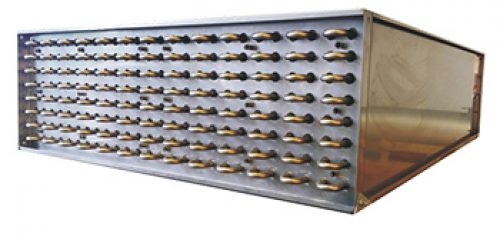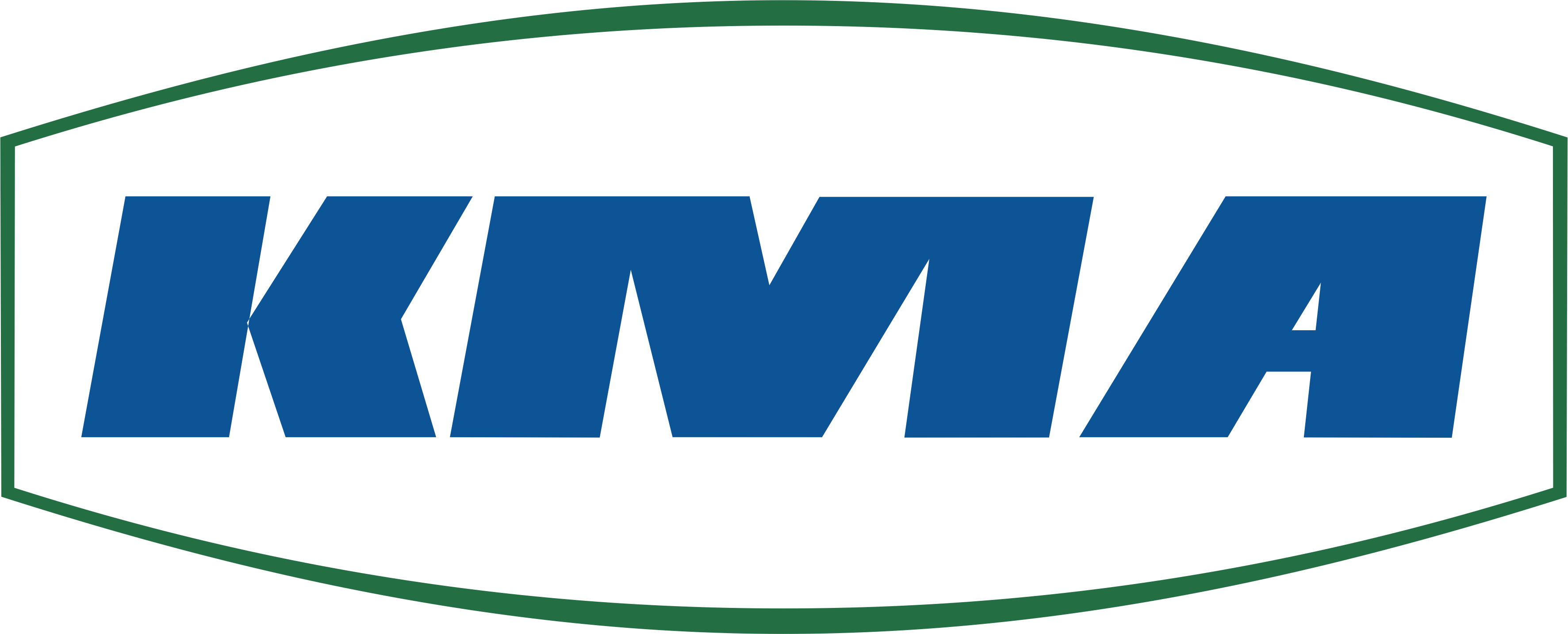Heat exchanger
Heat exchanger

A heat exchanger is a system for recovering thermal energy from a waste product of production, such as process exhaust air or water. A heat exchanger is based on the principle of heat transfer from one material flow to another due to a temperature gradient. It can be based on different carrier media, e.g. air, water or glycol. – betrieben werden.
The most common types of heat exchangers are based on the co-flow, cross-flow or counter-flow principles. Which type offers the most efficient solution for the individual production plant depends on its final location and the composition of exhaust air. KMA Umwelttechnik implements high-performance cross- and co-flow heat exchangers.
In a cross-flow heat exchanger, also known as a finned heat exchanger, both carrier media pass each other “crosswise” at a 90° degree angle. Inside the heat exchanger there are horizontal serpentineinous copper pipin, which run in in a regular pattern. Between the piping there are vertical aluminium fins which are pressed against the pipes. Both materials are characterized by a high thermal conductivity. Therefore, cross-flow heat exchangers achieve a very high coefficient of performance (COP). The heated exhaust air enters the heat exchanger and flows through the fins. During this process, the thermal energy contained in the heated exhaust air is transferred to the aluminum fins. The heated fins then transfer the thermal energy to the carrier medium inside the piping.
In a co-flow heat exchanger, also called plate heat exchanger, both carrier media flow in the same direction. This type of heat exchanger is primarily used to recover thermal energy from water and is based on a water-water transfer. The heated wastewater flows into the heat exchanger onto a vertical plate wall made of a heat-conducting metal, usually aluminium. Both sides of the plate possess small serpentinous depressions through which the different liquid media flow – one one side the heated waste on the other side a liquid with lower temperature. Due to the plate’s thermal conductivity, the heat is transferred from the wastewater to the cooler liquid.
The heat recovered through a heat exchanger can then be used for subsequent processes or for heating the production halls or other premises.
All heat exchangers work according to the principle: the larger the contact surface inside the heat exchanger, the higher the heat recovery rate. However, the larger inner surface the higher the risk of impurities building up. KMA Umwelttechnik removes such build-up inside a heat exchanger using the automatic filter cleaning system (CIP) in order to prevent contamination and premature wear.
Related links
Related posts







